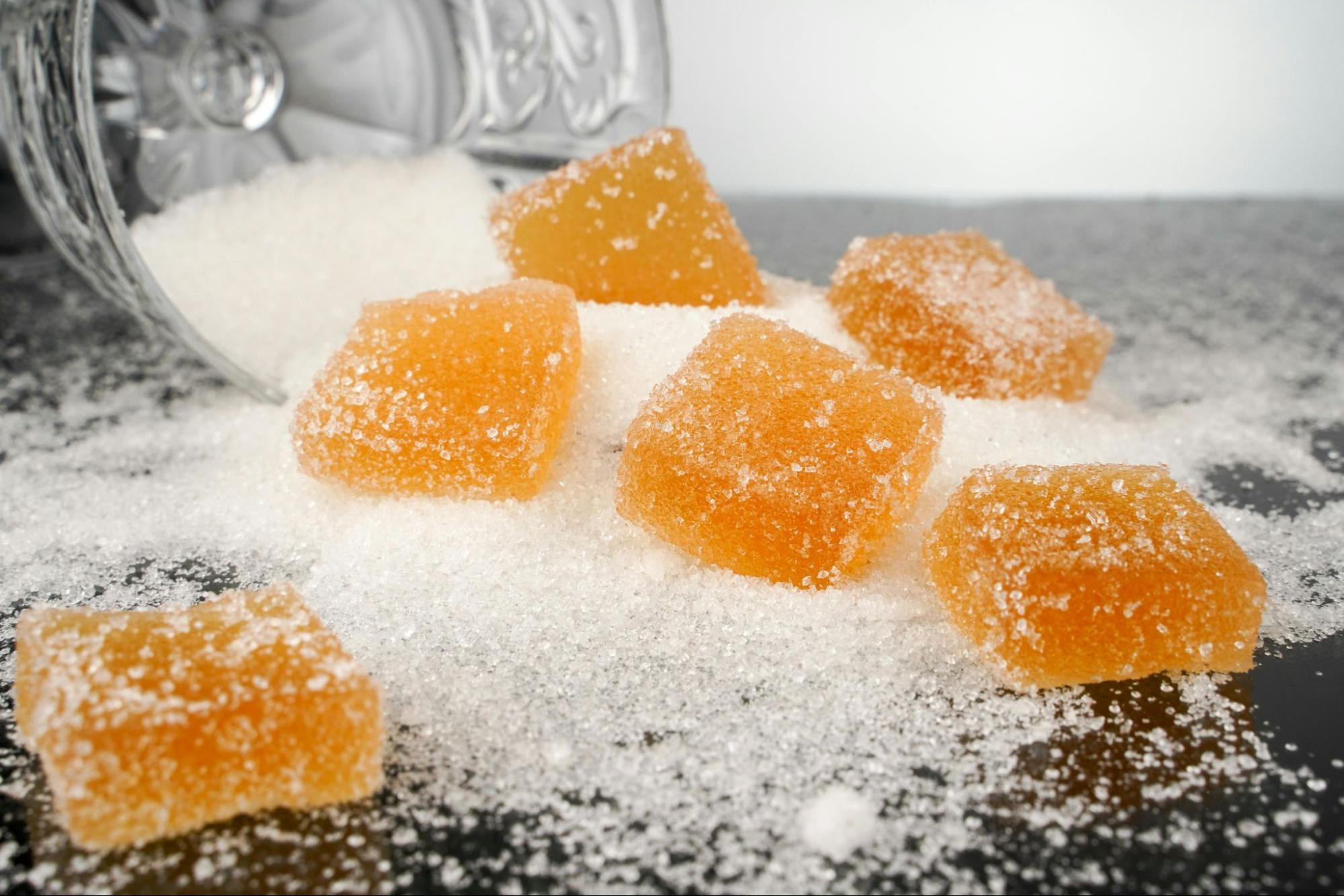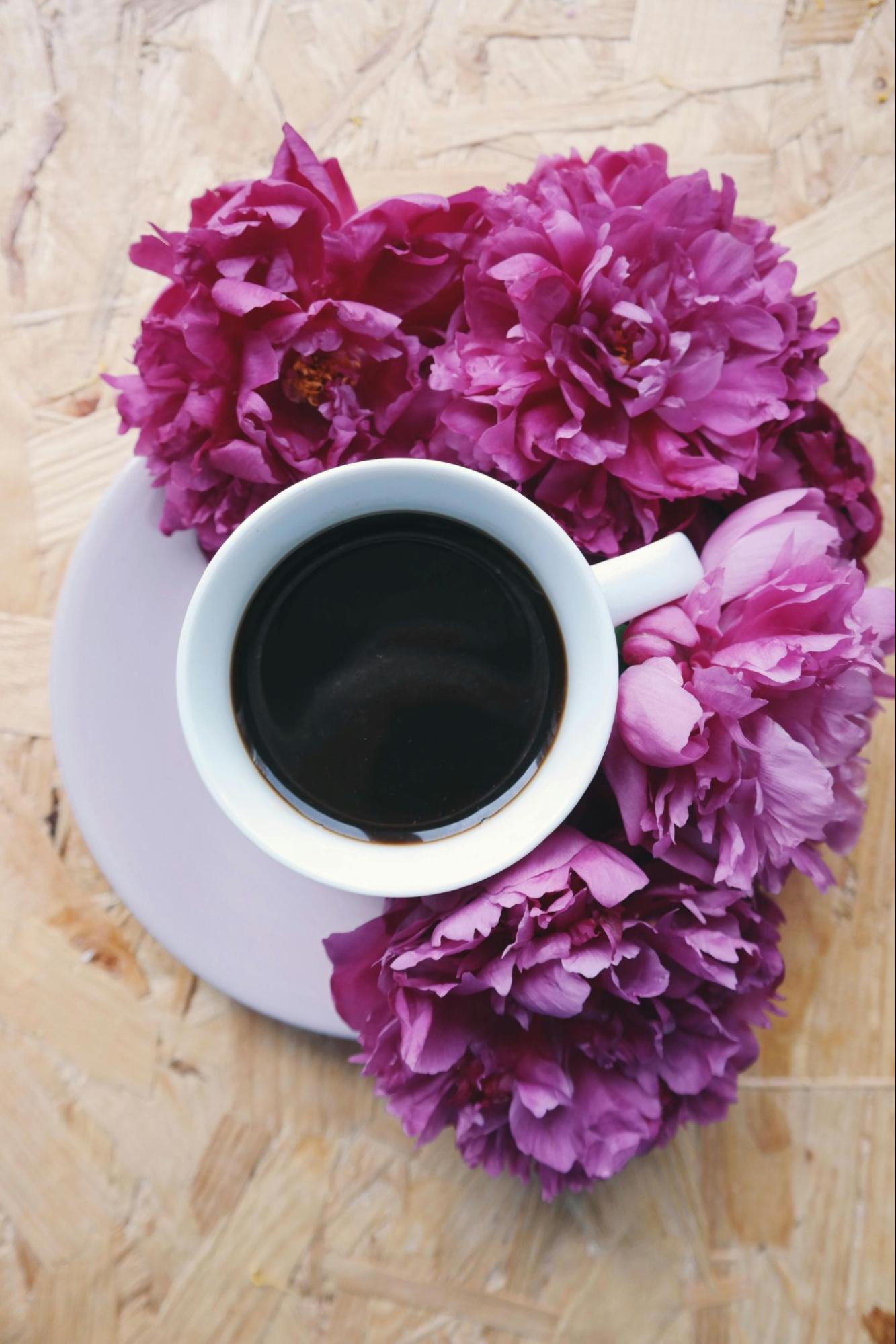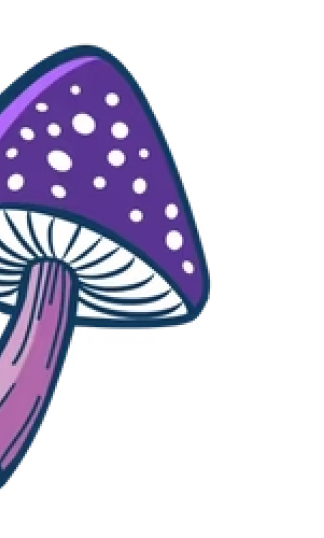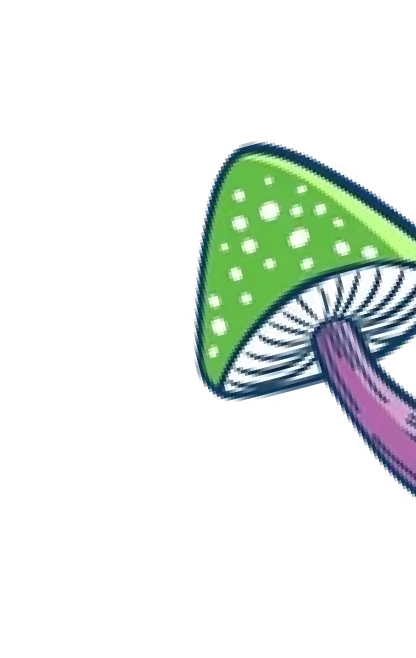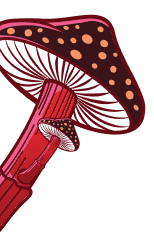The Reishi mushroom, also known as Lingzhi, is a highly valued medicinal mushroom that has been used for centuries in Chinese medicine. It is renowned for its various health benefits and distinctive appearance. However, it is crucial to be able to differentiate Reishi from its look-alikes in order to safely and effectively utilize its therapeutic properties. In this article, we will explore the characteristics of Reishi mushroom, its medicinal benefits, the common look-alikes to be cautious of, key differences between Reishi and its look-alikes, safety precautions when identifying mushrooms, and tips for successful mushroom foraging. By the end of this article, you will have gained valuable insights into the world of Reishi mushroom and its look-alikes.
Understanding the Reishi Mushroom
Before delving into the identification process, let's first familiarize ourselves with the unique characteristics of Reishi mushroom. Reishi mushrooms are typically large, with caps that range in color from red to dark brown. They have a shiny, smooth surface and a woody texture. The shape of the cap varies depending on the species, but it is often kidney-shaped or fan-shaped.
The medicinal benefits of Reishi mushroom have made it a highly sought-after ingredient in the world of natural medicine. Let's explore some of the key reasons why Reishi mushroom is so highly regarded:
The Unique Characteristics of Reishi Mushroom
Reishi mushroom stands out from other fungi due to its unique characteristics. These include:
- Strong aroma: Reishi mushroom has a distinct, earthy odor that sets it apart from its look-alikes.
- Polypore growth: Reishi mushrooms grow as polypores, which means they have pores instead of gills on the underside of their caps.
- Lacquered appearance: The surface of Reishi mushroom caps often has a glossy, lacquered look, resembling the texture of varnished wood.
Reishi mushrooms have a fascinating history that spans centuries. They have been revered in traditional Chinese and Japanese medicine for their remarkable health benefits. They have earned the nickname "The Mushroom of Immortality" due to their potential to promote longevity and overall well-being.
Legend has it that Reishi mushrooms were so highly regarded in ancient China that they were reserved exclusively for emperors and royalty. It was believed that consuming Reishi mushrooms could enhance one's vitality, boost the immune system, and even bring about spiritual enlightenment.
The Medicinal Benefits of Reishi Mushroom
Reishi mushroom has a long history of use in traditional medicine, particularly in China and Japan. It is believed to possess numerous health benefits, including:
- Immune system support: Reishi mushrooms are known for their immune-boosting properties, thanks to the presence of bioactive compounds like polysaccharides and triterpenes.
- Anti-inflammatory effects: The triterpenes found in Reishi mushrooms have been shown to have potent anti-inflammatory properties, making them valuable in the management of various inflammatory conditions.
- Stress reduction: Reishi mushrooms are known as adaptogens, helping the body adapt to stress and promoting a sense of calm and relaxation.
Research into the medicinal benefits of Reishi mushrooms is ongoing, with scientists uncovering new potential uses for this remarkable fungus. From its immune-boosting properties to its ability to reduce inflammation and promote relaxation, Reishi mushroom continues to captivate researchers and health enthusiasts alike.
The Common Look-Alikes of Reishi Mushroom
While Reishi mushrooms have distinctive features, it is essential to be aware of their common look-alikes to avoid misidentification. Here are a few mushrooms that resemble Reishi:
The False Reishi Mushroom
The False Reishi mushroom (Spongiforma squarepantsii) may fool the untrained eye due to its reddish color and sponge-like appearance. However, it is important to note that False Reishi lacks the medicinal properties of true Reishi mushrooms.
The Varnished Conk
The Varnished Conk (Ganoderma lucidum) closely resembles the Reishi mushroom in terms of its shiny, varnished appearance. However, it has different medicinal properties and is not as highly regarded in traditional medicine as genuine Reishi mushrooms.
The Artist’s Conk
The Artist’s Conk (Ganoderma applanatum) shares similarities in appearance with Reishi mushrooms. It has a large flat cap with a glossy surface, often adorned with unique patterns that resemble the strokes of an artist's brush. However, it is not used medicinally like Reishi mushrooms.
Another mushroom that is often mistaken for Reishi is the Lingzhi mushroom (Ganoderma lingzhi). Lingzhi mushrooms are highly valued in traditional Chinese medicine for their immune-boosting properties and are often used in herbal remedies. While they share some physical characteristics with Reishi mushrooms, such as a shiny cap and a woody texture, their medicinal benefits differ.
The Red-Belted Conk
The Red-Belted Conk (Fomitopsis pinicola) is another look-alike of Reishi mushrooms that can be found in forests with coniferous trees. Its reddish-brown cap and white pore surface can easily be mistaken for Reishi, but the Red-Belted Conk does not possess the same therapeutic qualities.
Key Differences Between Reishi and Its Look-Alikes
While Reishi mushrooms may bear similarities to their look-alikes, there are several key distinguishing features to help you differentiate them:
Reishi mushrooms, scientifically known as Ganoderma lucidum, have been revered for centuries in traditional Chinese medicine for their various health benefits. These mushrooms are characterized by their glossy appearance and woody texture, making them easily recognizable in the wild. In addition to their medicinal properties, Reishi mushrooms are also used in culinary dishes for their unique flavor profile, which is described as slightly bitter with earthy undertones.
Color Variations
Reishi mushrooms exhibit a wide range of colors, including red, dark brown, and even black. However, its look-alikes may have different color variations, such as orange or lighter shades of brown. The vibrant hues of Reishi mushrooms are attributed to the presence of bioactive compounds like triterpenes and polysaccharides, which contribute to their antioxidant and anti-inflammatory properties.
Size and Shape Differences
Reishi mushrooms can grow to be quite large, with caps reaching up to 10 inches in diameter. On the other hand, false Reishi mushrooms and varnished conks tend to be smaller in size, while the Artist's Conk can have a similar size but differs in overall shape. The distinct shape of Reishi mushrooms, resembling a fan or kidney, sets them apart from their look-alikes and aids in their identification during foraging expeditions.
Spore Print Analysis
An effective method for distinguishing Reishi mushrooms from their look-alikes is by analyzing the spore print. Reishi mushrooms produce a white spore print, while false Reishi mushrooms and varnished conks have brown spore prints. The Artist's Conk, however, may have a brown or rusty-colored spore print. Spore print analysis is a valuable technique used by mycologists and mushroom enthusiasts to classify fungi species based on their unique spore patterns, providing crucial information for accurate identification.
Safety Precautions When Identifying Mushrooms
Identifying mushrooms requires a cautious approach to ensure your safety and avoid potential risks. Here are some important safety precautions to keep in mind:
The Importance of Accurate Identification

Accurate identification of mushrooms is crucial, especially when it comes to Reishi and its look-alikes. Misidentification can lead to unintended consumption of toxic mushrooms, which could have severe health consequences. If you are unsure about a mushroom's identity, consult with an experienced mycologist or use reliable field guides.
Risks of Misidentification
Consuming a misidentified mushroom can have serious consequences, ranging from gastrointestinal distress to organ failure. Always err on the side of caution and do not consume any mushroom without proper identification.
Furthermore, it is essential to note that certain mushrooms can have different effects on individuals based on their unique physiological makeup. Factors such as age, underlying health conditions, and allergies can all play a role in how a person reacts to ingesting a particular mushroom. Therefore, even if a mushroom is deemed safe for consumption by the general population, it is crucial to consider these individual differences before consuming it.
Environmental Considerations
When foraging for mushrooms, it is important to be mindful of the environment in which they are growing. Certain mushrooms can absorb toxins from their surroundings, making them potentially harmful if collected from contaminated areas. Always choose foraging locations carefully, opting for clean, pesticide-free environments away from industrial pollution or heavy traffic areas.
Tips for Successful Mushroom Foraging
Foraging for mushrooms, including Reishi, can be a rewarding experience. Here are some tips to enhance your success:
Best Time and Places to Find Reishi Mushrooms
Reishi mushrooms can often be found in wooded areas, particularly on dead or decaying hardwood trees. They are more likely to be found during the autumn season, but they can also appear during other times of the year. Look for them in damp, shady areas for the best chance of locating this valuable fungus.
Tools Needed for Mushroom Foraging
When venturing into the world of mushroom foraging, a few essential tools can greatly assist you in your search. These may include a pocket knife, a small brush for cleaning off dirt, a basket or bag to collect your findings, and a field guide or smartphone app for identification purposes.
Preserving and Storing Your Findings
Once you have successfully harvested Reishi mushrooms, it is crucial to properly preserve and store them to maintain their potency. Drying is a popular preservation method, as it can extend the shelf life of the mushrooms. Store them in a cool, dry place in an airtight container to prevent moisture and decay.
Now, let's delve deeper into the fascinating world of Reishi mushrooms. Reishi, scientifically known as Ganoderma lucidum, is a species of mushroom that has been revered for centuries in traditional Chinese medicine. Its distinctive appearance, with a shiny reddish-brown cap and a woody texture, makes it easily recognizable.
But what makes Reishi mushrooms truly remarkable are their medicinal properties. They are known for their immune-boosting effects and have been used to support overall well-being and longevity. Reishi mushrooms contain bioactive compounds such as triterpenes, polysaccharides, and antioxidants, which contribute to their health benefits.
When searching for Reishi mushrooms, it's important to keep in mind that they have a symbiotic relationship with certain tree species, especially hardwood trees like oak, maple, and beech. These mushrooms thrive on the decaying organic matter of these trees, which provides them with the necessary nutrients to grow.
As you explore the enchanting world of mushroom foraging, it's essential to familiarize yourself with the different species of mushrooms that resemble Reishi. Some look-alikes, such as the False Reishi (Ganoderma resinaceum), may share similar characteristics but lack the same medicinal properties. Therefore, it's crucial to exercise caution and consult reliable identification resources to ensure you are harvesting the correct species.
So, armed with your trusty tools and newfound knowledge, venture into the woods with a sense of curiosity and respect for nature. Take the time to observe the intricate details of the forest ecosystem, appreciating the interconnectedness of all living organisms. Remember, mushroom foraging is not just about finding a valuable resource; it's about immersing yourself in the wonders of the natural world.








